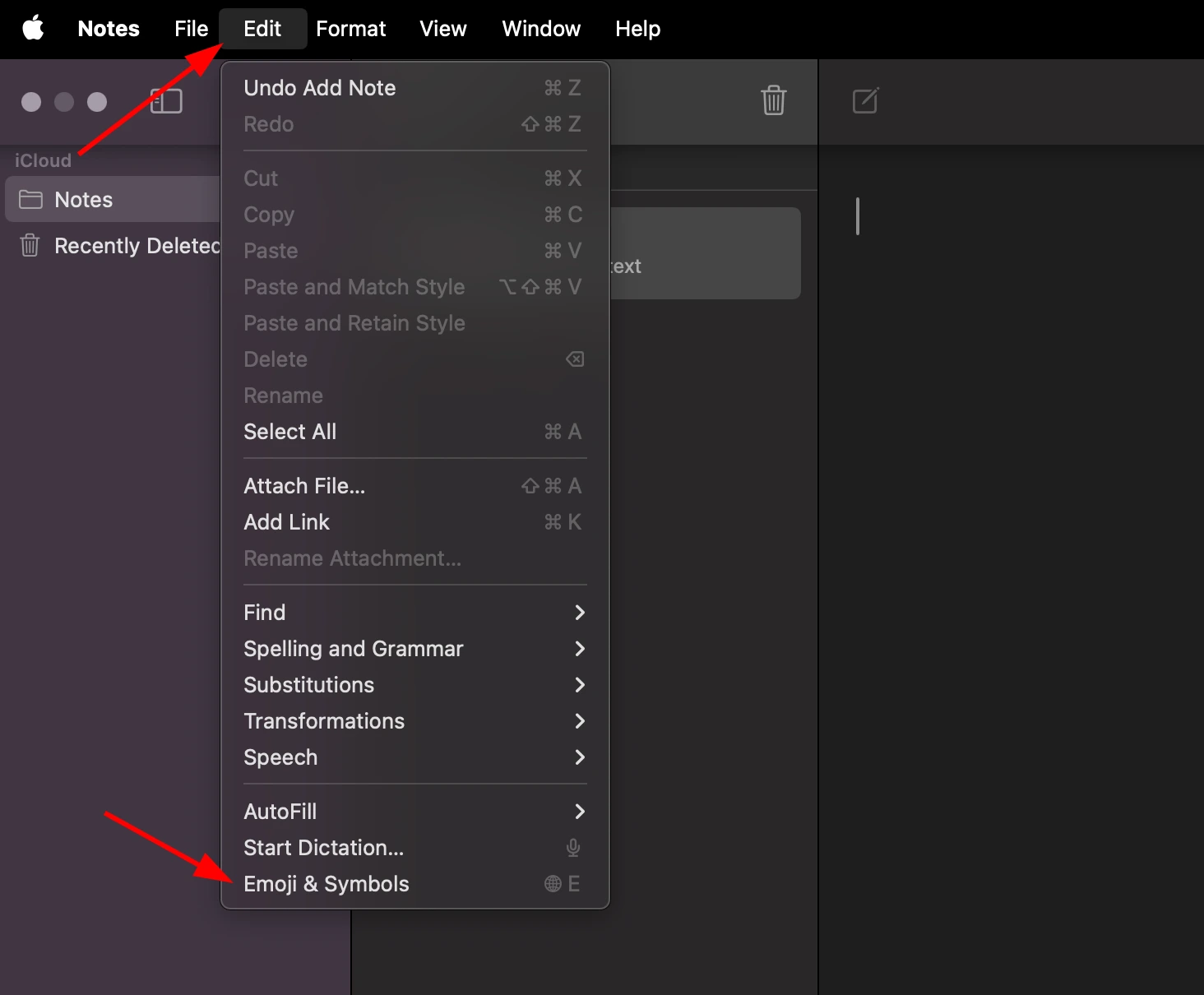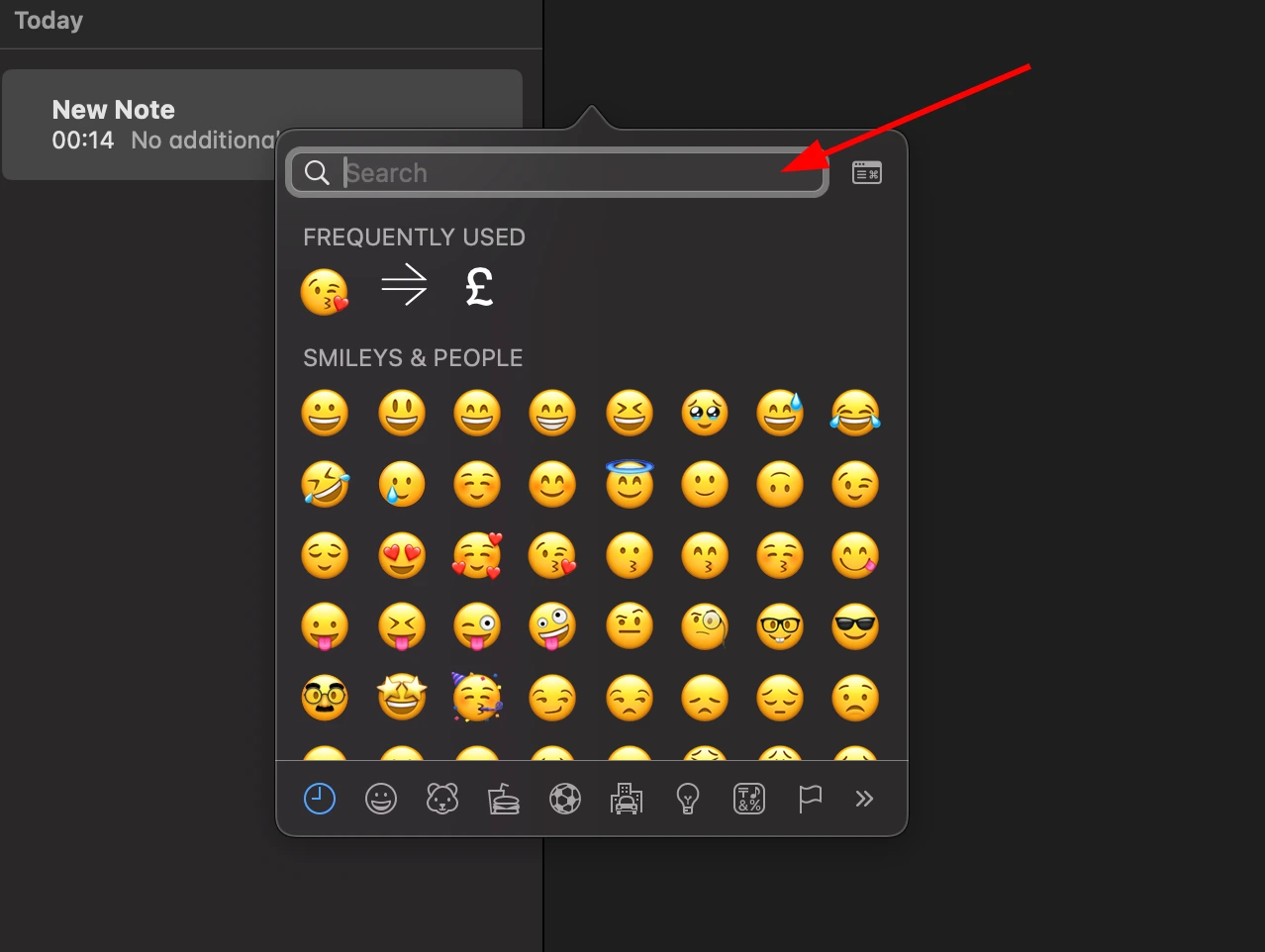Music Natural Sign Symbol ♮
Many people refer to music as a universal language that cuts over boundaries and cultural differences. However, a sophisticated system of notation exists within this lovely world of sound that enables precise communication of melodies and harmonies. One of these essential components of notation is the natural sign. We will explore the history, significance, and role of the music natural sign in this article, as well as how it adds to the diverse range of musical expression.
The Origin of the Natural Sign
The natural sign, also known as a "natural," is a symbol with roots that go back a long way in the development of music notation. Its inception dates to the medieval era, when standards for musical notation were lacking and the art form was still developing. Pitch and rhythm were notated by early musicians and composers using a variety of symbols, which frequently resulted in misunderstandings and inconsistent musical scores.
The need for a standardized system became more and more evident during the Renaissance and Baroque eras as music notation advanced in sophistication. In order to indicate a note that should be played in its unaltered or "natural" state, without being raised or lowered in pitch, this led to the development of the natural sign.
Understanding the Natural Sign
The natural sign is represented in modern music notation as a symbol that looks like a lowercase "n" without the vertical line. It signifies that a note should be played in its original, unaltered pitch when it is positioned in front of the note on the staff. The natural sign is crucial for assuring accurate performance and elucidating the composer's intention.
Common Uses of the Natural Sign
The natural sign is important in composition, performance, and theory of music in a number of ways. Here are a few typical uses for it:
- Accidentals: The natural sign is used to represent a note in a composition that is intended to be played in its natural state but is impacted by prior sharps or flats in the same measure. This is especially typical for compositions that have shifting key signatures.
- Clarifying Pitch: The natural sign removes any doubt by clearly stating that the note is to be played as a natural note in compositions where the key signature and accidentals that come before it could lead to confusion about the pitch of a specific note..
- Preserving Consistency: When a note is returned to after being altered by a sharp or flat, the natural sign makes sure that the note maintains its original pitch. For musical compositions to remain consistent, this is crucial.
- Teaching Aid: The natural sign is a valuable teaching aid for music students as it imparts the essential knowledge that it erases past errors and restores the note to its original state.
A key component of Western music notation, the music natural sign is a useful tool for musicians, composers, and music lovers alike. It guarantees accuracy and lucidity in musical notation, removing any uncertainty regarding the pitch of individual notes. In order to fully appreciate the complex language of music notation and the beauty it conveys through melody and harmony, it is imperative that you comprehend the role and significance of the natural sign as you explore the world of music, whether as a composer, performer, or listener. It is a symbol that enables us to completely embrace the language of music by reiterating the consistency and clarity of musical expression.
Copy to Clipboard
Music Natural Sign Symbol Information
| Symbol Name | Music Natural Sign |
| Unicode Version | 1.1 (June 1993) |
| Unicode | U+266E |
| CSS Code | \266E |
| HTML Entity | ♮ |
| Hex Code | ♮ |
| HTML Code | ♮ |
Music Natural Sign Symbol Encoding
| UTF-8 | 0xE2 0x99 0xAE |
| UTF-16 | 0x266E |
| UTF-32 | 0x0000266E |
Table of contents
- Music Natural Sign PNG and SVG files
- How to type music natural sign on Microsoft Word
- How to type music natural sign on Microsoft Windows
- How to type music natural sign on Mac OS
- How to type music natural sign on Linux
- How to type music natural sign on IOS and Android
- How to use music natural sign in CSS
- How to use music natural sign in HTML
- Music Natural Sign representation in programming languages
Music Natural Sign symbol's PNG and SVG files
How to add music natural sign symbol via keyboard on different Operating systems
You can type the music natural sign on most modern devices with the help of following methods:
How to type music natural sign symbol on Microsoft Word
You can type the music natural sign on microsoft Microsoft Word using steps mentioned below:
- Place your cursor in the text area where you need to insert the symbol and type 2 6 6 E
- Without moving the cursor press keys Alt + x together
- The original 2 6 6 E is now transformed into ♮
How to type music natural sign symbol on Microsoft Windows
You can type the music natural sign on Microsoft windows using following steps:
- Hold Alt and press to type music natural sign on your windows machine.
How to type music natural sign symbol on Mac OS
You can type the music natural sign on Mac OS using following steps:
- Place your cursor in the text area where you need to insert the symbol
- Press Ctrl + ⌘ Command + ⎵ Space to bring up the Character Viewer. Alternatively, choose Edit ⇒ Emoji & Symbols
- Type “Music Natural Sign” in the search field at the top and press Enter
- The symbol should appear. Click on it to insert it into your text


How to type music natural sign symbol on Linux
You can type the music natural sign on Linux using following steps:
- Place your cursor in the text area where you need to insert the symbol
- Hold ⇧ Shift + Ctrl and press the letter + U
- Press keys 2 6 6 E consecutively
- And then press ↵ Enter , the desired symbol will be added to your document
How to type music natural sign symbol on IOS and Android
The easiest way to type the music natural sign on ios and android is to copy and paste it wherever you need it.
How to use music natural sign in CSS
span {
content: "\266E";
}
How to type music natural sign in HTML
<span>♮</span>
Music Natural Sign symbol representation in programming languages
music natural sign's representation in different programming languages can be found in table below:
| Language | Representation |
| Rust | \u{266E} |
| Ruby | \u{266E} |
| Python | \u266E |
| PHP | \u{266E} |
| Perl | "\x{266E}" |
| Java | \u266E |
| Modern JavaScript - Since ES6 | \u{266E} |
| JavaScript | \u266E |
| Go | \u266E |
| C# | \u266E |
| C and C++ | \u266E |
| Bash and Zsh - inside echo -e | \u266E |
| RFC 5137 | \u'266E' |
